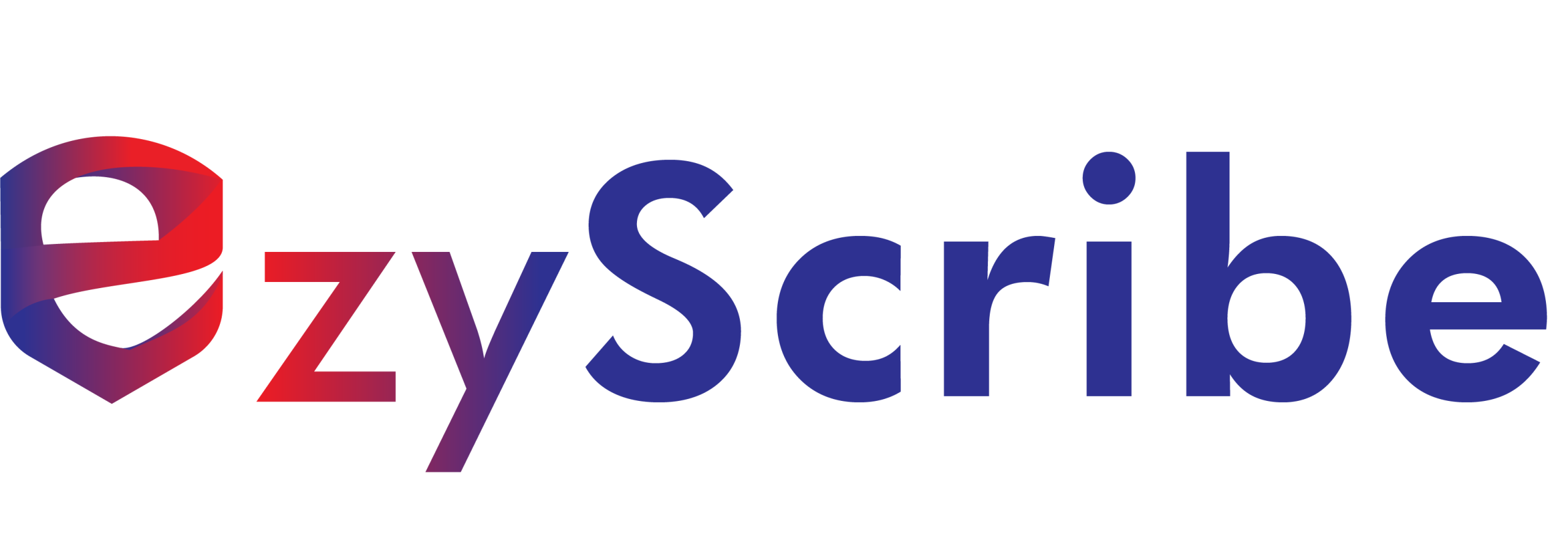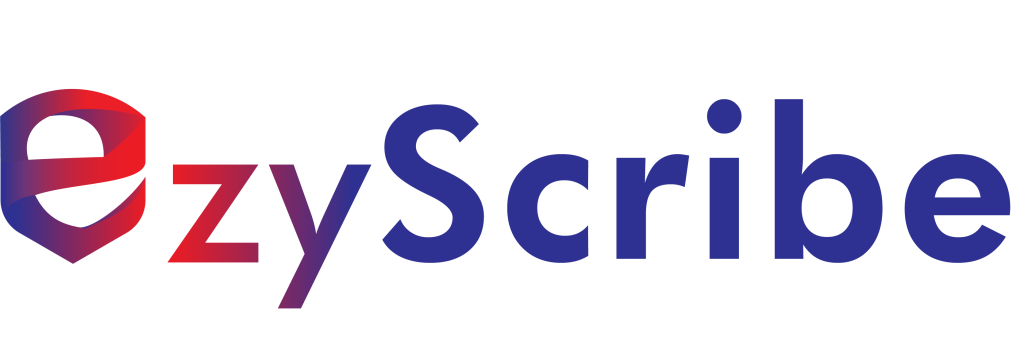How AI Scribing Is Transforming Healthcare

In the modern health care landscape, clinicians are under immense pressure to balance patient care with mountains of documentation. Traditional medical scribes human assistants who follow providers and manually type notes have helped alleviate some of that burden. But now, AI Scribing is taking center stage, automating routine transcription and data entry while reserving human experts for complex cases requiring nuanced understanding. Here’s how AI-powered scribes are reshaping healthcare and why forward-thinking healthcare providers are making the switch.
The Rise of AI Scribing in U.S. Healthcare
AI Scribing uses advanced natural language processing (NLP) and machine learning to listen to physician patient interactions, transcribe them in real time, and structure the information directly into the EHR. This shift brings:
- 24/7 availability without staffing overhead
- Scalability across solo practices, clinics, and large hospital systems
- Clinical-grade accuracy in note-taking, reducing human error
By handling routine tasks, AI scribes enable providers to focus on what they do best: delivering patient care.
Core Benefits for Healthcare Providers
1. Accuracy and Quality of Patient Records
AI scribes deliver standardized, legible documentation improving the accuracy and quality of patient records. Structured data extraction ensures consistent use of the SOAP or H&P formats, making charts easier to review and share.
2. Data Integration and Compliance
Seamless EHR integration eliminates duplicate entries and data silos. Real-time updates maintain a single source of truth, while built-in audit trails and encryption keep practices in line with HIPAA and other regulatory requirements.
3. Supporting Clinical Decision-Making
By surfacing key vitals, lab results, and medication histories within seconds, AI scribes empower physicians with the insights they need right when they need them. This rapid access to critical data enhances diagnostic accuracy and care planning.
4. Reduced Administrative Burden
With AI tools handling routine transcription and data entry, providers spend less time on screens and more time with patients. This reduction in “click fatigue” and after-hours charting helps lower physician burnout.
Successful AI Scribe Integration Across the U.S.
Clinics and hospitals that have adopted AI medical scribes report transformative results:
- Family Practice Group (TX)
Documentation time fell by 40%, and patient throughput rose 30%, allowing providers to see more patients without adding staff. - CardioOne Network (CA)
Real-time EHR updates improved follow-up scheduling accuracy by 25%, reducing readmission rates and streamlining care coordination. - Hope Hospital System (NY)
Emergency department providers experienced a 50% decrease in cognitive stress, thanks to AI-managed charting and automatic data entry.
Physicians in both family health environments and specialty clinics found that AI scribes expanded patient interaction time leading to enhanced care quality and higher patient satisfaction scores.
What to Prioritize When Choosing an AI Medical Scribe
- EHR Compatibility
Verify seamless integration with your existing system via FHIR or native APIs. - Clinical Accuracy
Choose solutions trained on broad medical terminologies for reliable transcription. - Security & Compliance
Ensure end-to-end encryption, HIPAA compliance, and regular security audits. - Customizability
Look for workflow templates you can tailor to your specialty or sub-specialty. - Support & Training
Access robust onboarding, documentation, and live support to maximize adoption.
Trends in AI Medical Scribe Technology
- Hybrid AI-Human Models: Routine tasks automated by AI, with complex documentation reviewed by human scribes.
- Voice-Activated Commands: Hands-free prompts to retrieve patient histories or launch order sets.
- Predictive Note Generation: AI suggestions for Assessment and Plan sections based on encounter context.
- Remote Scribe Services: Cloud-based AI scribe offerings for telehealth and off-site clinics, enabling “virtual scribes” to support physicians anywhere.
Ezyscribe’s AI-powered scribe solution combines these advancements offering 24/7 availability, clinical-grade transcription, and seamless EHR integration with enterprise-level security. Ready to transform your documentation workflow?
Start your free 7-day trial today at Ezyscribe.com.
Share this :
Latest blog & articles
How AI Scribes Improve Accuracy and Reduce Burnout Among Physicians
Uncategorized September 17, 2025 How AI Scribes Improve Accuracy and Reduce Burnout Among...
Why Doctors in Texas & California Are Switching to Free AI Scribe Software
AI SCRIBING August 12, 2025 Why Doctors in Texas & California Are Switching...
How AI Scribing Is Transforming Healthcare
AI SCRIBING August 12, 2025 How AI Scribing Is Transforming Healthcare In the...



